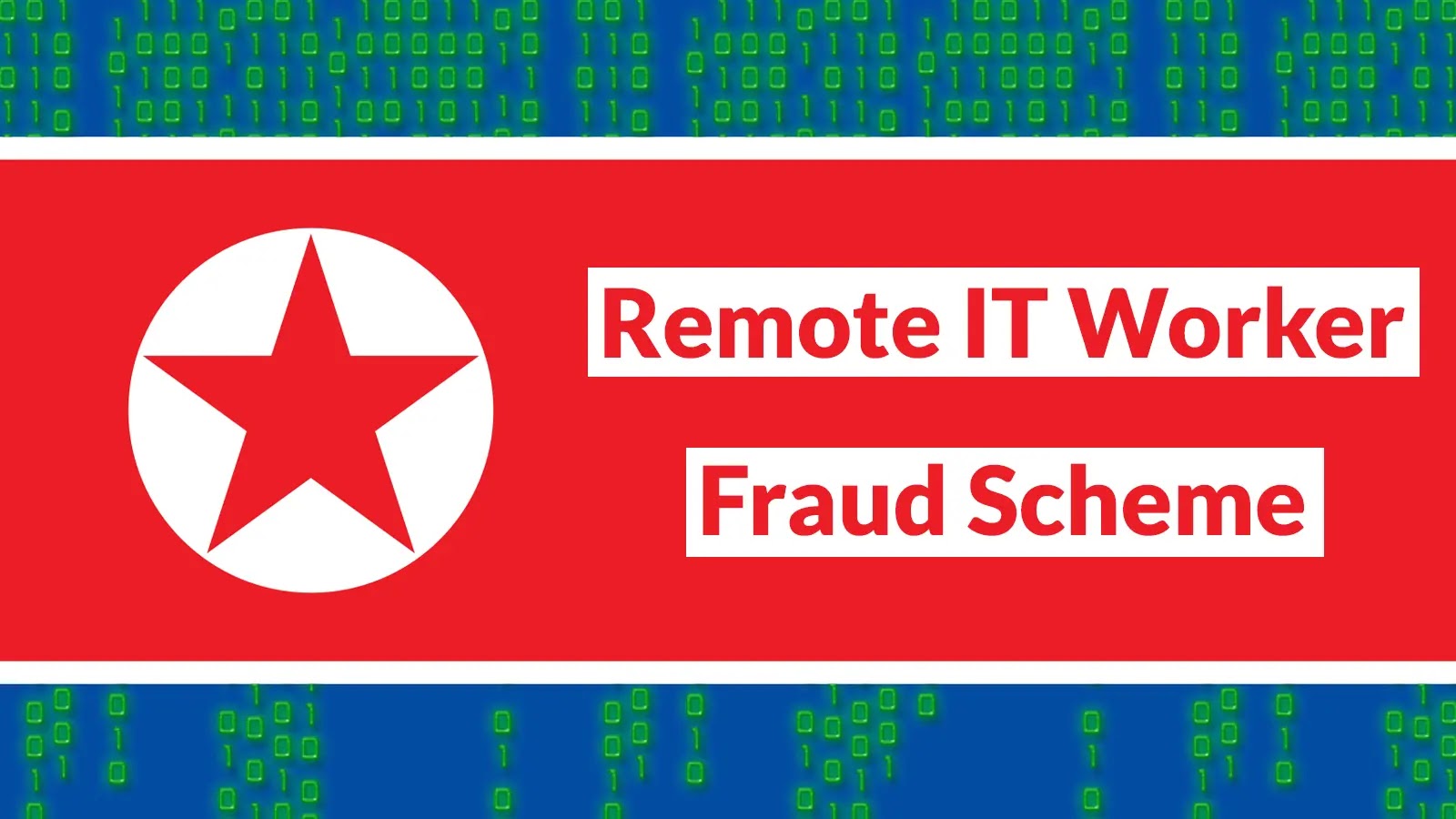WatchGuard has recently disclosed a critical security flaw in its Fireware operating system, identified as CVE-2025-9242. This vulnerability allows remote, unauthenticated attackers to execute arbitrary code through IKEv2 VPN connections, posing a significant risk to organizations utilizing WatchGuard’s Firebox appliances.
Vulnerability Details
The flaw, detailed in advisory WGSA-2025-00015, has been assigned a CVSS 4.0 score of 9.3, indicating its high severity. It affects Fireware OS versions ranging from 11.10.2 to 11.12.4_Update1, 12.0 to 12.11.3, and 2025.1. This encompasses a wide array of devices, leaving numerous small and midsize enterprises vulnerable to potential system compromises.
The vulnerability resides within the IKE process of Fireware OS, responsible for managing IKEv2 negotiations for mobile users and branch office VPNs configured with dynamic gateway peers. An attacker can exploit this flaw by sending specially crafted IKE_SA_INIT and IKE_SA_AUTH packets, leading to an out-of-bounds write in the `ike2_ProcessPayload_CERT` function. This occurs when attacker-controlled identification data overflows a 520-byte stack buffer due to insufficient bounds checking.
Notably, even if vulnerable VPN configurations have been deleted, residual vulnerabilities may persist if static peers remain active, allowing pre-authentication access over UDP port 500.
Discovery and Exploitation
Security researchers at WatchTowr Labs, crediting btaol for the discovery, reverse-engineered the code by comparing the vulnerable 12.11.3 version with the patched 12.11.4 release. They identified that the fix involved a simple length check addition. This stack-based buffer overflow, a technique dating back to 1996, continues to pose a threat in modern enterprise equipment lacking contemporary mitigations like Position Independent Executables (PIE) or stack canaries, although Non-Executable (NX) protections are enabled.
Exploiting CVE-2025-9242 involves fingerprinting the firmware version through a custom Vendor ID payload in IKE_SA_INIT responses, which embeds base64-encoded details such as VN=12.11.3 BN=719894 for easy identification. Attackers can then negotiate transforms like AES-256 and Diffie-Hellman Group 14 before sending an oversized identification payload in IKE_SA_AUTH. This sequence corrupts registers and hijacks control flow, potentially leading to a segmentation fault or the execution of a Return-Oriented Programming (ROP) chain.
WatchTowr demonstrated remote code execution by chaining gadgets to invoke `mprotect` for stack execution, deploying reverse TCP shellcode that spawns a root Python interpreter. This could enable filesystem remounts or the download of BusyBox for full shell access.
Given that Firebox devices often serve as the internet-facing boundary of networks, a breach could allow attackers to pivot to internal networks, exfiltrate data, or establish persistent backdoors, especially in environments lacking robust segmentation.
Mitigation Measures
WatchGuard has addressed this issue in updated releases:
– 2025.1.1 for the 2025 branch
– 12.11.4 for the 12.x series
– 12.5.13 for T15/T35 models
– 12.3.1_Update3 for FIPS-certified 12.3.1
It’s important to note that the 11.x series has reached its end-of-life. The affected products span various Firebox families, including the T20 to M690 series, as well as Cloud and NV5/V models.
As a temporary workaround, organizations are advised to secure IPSec/IKEv2 branch office VPNs according to WatchGuard’s knowledge base article on access controls, and to disable unnecessary IKEv2 configurations if possible.
While there have been no confirmed exploits in the wild as of now, the unauthenticated nature of this vulnerability and the detailed public analysis increase the urgency for remediation. Users should monitor logs for unusual IKE traffic and apply patches promptly to protect VPN concentrators, which serve as critical gateways in their networks.
Conclusion
The disclosure of CVE-2025-9242 underscores the importance of proactive vulnerability management and timely patching in maintaining network security. Organizations utilizing WatchGuard’s Firebox appliances should prioritize updating their systems to the latest firmware versions to mitigate potential risks associated with this critical vulnerability.



